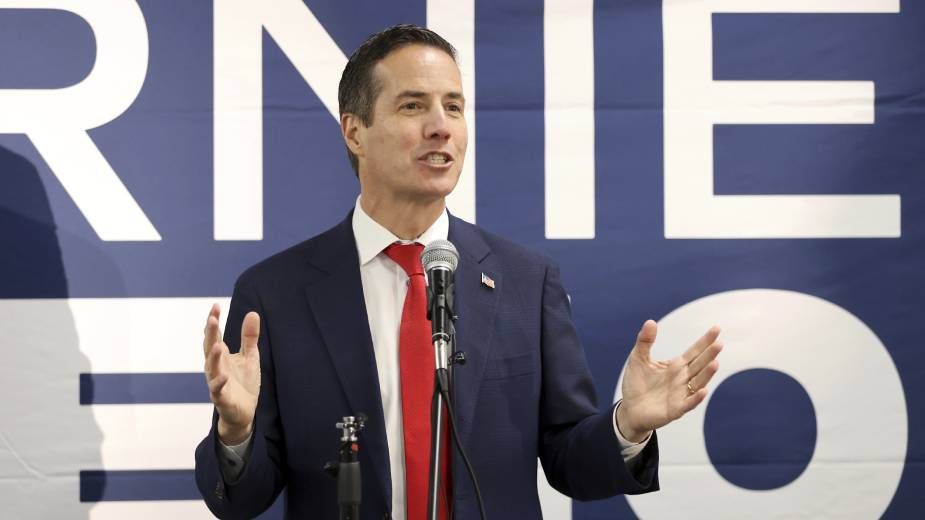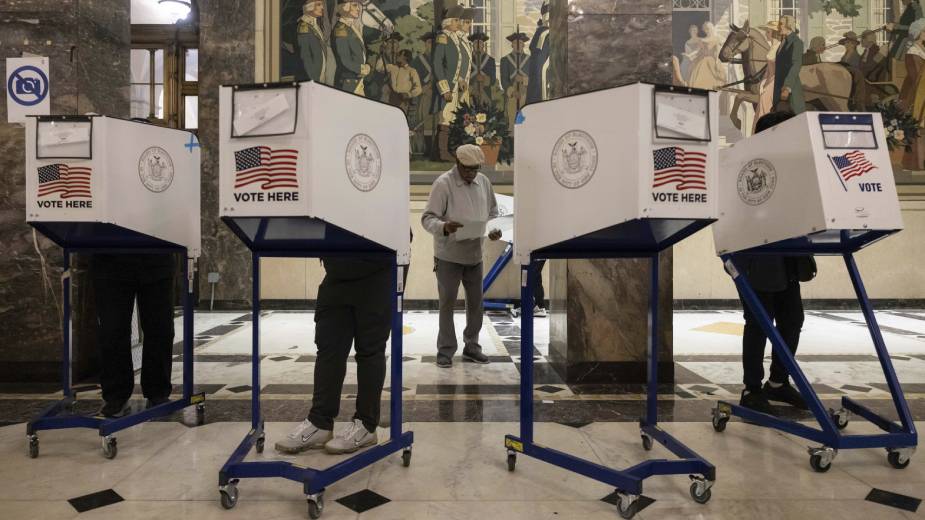Updated: Did Decision Follow ‘Rule of Construction?’
YOUNGSTOWN, Ohio – Based on the standards used to interpret contracts and laws, the U.S. Supreme Court decided correctly Thursday in ruling on an aspect of the Affordable Care Act, attorney Alan Wenger says.
In its 6-3 decision, the high court upheld the health insurance subsidies to participants in the federally run exchanges as well as the state-run marketplaces.
Opponents of the law – formally known as the Patient Protection and Affordable Care Act and informally as ObamaCare – had argued in King v. Burwell that only participants in the state-run exchanges were eligible for the tax credits. The court rejected that narrow interpretation.
When there’s ambiguity in part of a contract or legislation, under the “rule of construction” that courts are supposed to follow, they look not just at the context where a particular phrase appears but the context of the entire law or contact, Wenger, said.
Wenger, a partner in the Youngstown firm of Harrington, Hoppe and Mitchell, has closely followed the Affordable Care Act since it was signed into law more than five years ago.
In their interpretation of the health-care law, the majority “basically said the whole law would not have made sense if it would have been isolated to giving the tax credits to just the folks who enrolled in state exchanges,” Wenger said. “It just wouldn’t make sense.”
Absent the “political hoopla” surrounding the law, he observed, the case “would not or should not have gotten to the level” that it did because “it’s a fairly simple set of rules that the Supreme Court followed that are generally followed by courts in interpreting contract or laws,”
During a conference call Thursday with reporters, U.S. Health and Human Services Secretary Sylvia Burwell said she hoped that the decision would focus on the law’s substance and build on the progress made so far. The American people “want us to move forward to provide more Americans with affordable access to quality coverage and create a health-care system that improves the quality of care and spends our dollars more wisely,” she said.
According to a White House fact sheet that outlines the benefits of the law since its implementation in 2010, more than 137 million Americans now have guaranteed access to preventive care and the uninsured rate has declined to its lowest level in five decades of recorded data. Moreover, hospitals saved an estimated $7.4 billion because of less uncompensated care.
The benefits of the law have spread among the 34 states, including Ohio, with federally run exchanges, “regardless of what noise their political leaders are making,” Wenger said. A ruling against the subsidies would have created “huge mayhem,” he stated.
“I don’t expect things to change and I expect the exchanges to become used more and more,” he added. “They are already part of the fabric of health care in the United States and I think they will remain so.”
UPDATE: In an email to The Business Journal following the posting of Wenger’s comments, Youngstown attorney Carl Rafoth offered another perspective.
Said Rafoth: “Apparently the US Supreme Court ignored the most basic rule of construction: ‘Words should be given the plain meaning ascribed to them.
“The statute is clear — only those states that have established exchanges are subject to receiving subsidies. Those that haven’t done so are not eligible. This provision was intended to persuade all states to receive them but obviously many opted out — and for good reason. States that are eligible reasonably believed these would expire in a few years leaving them holding the bag- that is “pay the bill.
“The Supreme Court has politicized the law — how sad,” Rafoth said.
Pictured: Advocates react to the ruling outside the Supreme Court in Washington.
MORE:
Officeholders React to Ruling on Affordable Care Act
Copyright 2024 The Business Journal, Youngstown, Ohio.



